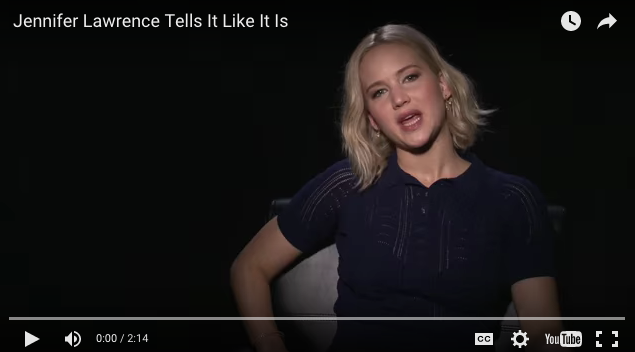Come on, a reader knows when you’re out of ideas. Every company goes through a phase where there is simply nothing news-worthy to announce, no new products to launch, and no new events to promote – and that’s ok so don’t panic.
It takes lots of resources and large amounts of money to execute new brand initiatives, and many companies simply can’t keep the momentum going for 365 days straight. In saying that, it is important to stay active and current. In today information age, consumers are discovering and taking in so much content every day and can easily forget about you if you’re active enough or relevant to them.
So how exactly can you keep the fountain of content and news flowing all year around?
Leverage on trending topics
Stay current by looking out for trending topics and find ways to relate them to your business.
IKEA Singapore were very quick to leverage on the Brangelina split. They released this creative Facebook advert on the day the world heard the news. It’s both clever and creative, don’t you think?
Got data?
If your company is lucky enough to have collected any customer or industry data, now is the time to use it. Better still, if you can link it to a popular event – such as the F1, the Olympics, Easter, Christmas, or even a seasonal change – this will help drive interest and engagement. If you don’t have your own data, you can always create something informative and useful using credible third-party research sources which you can find on the internet.
HOT TIP: Set up a spreadsheet, list out all the relevant events for the year ahead and brainstorm creative brand ideas around these events.
Get your creative juices flowing
Coca-Cola is known for creating great interactive ads that are timely and always pull on people’s heartstrings. They don’t always have a new product to promote, so instead they come up with different interactive initiatives that engage consumers. It has become their way to stay at the forefront of mind even though the product has been around since 1886.
Check out Coke’s First day of College interactive ad.
Share relevant content
You don’t always have to produce your own content. With the help of the internet and different social media platforms, search for articles, videos, blogs, or infographics that are relevant to your business. It’s a good way to keep your pages alive and drive engagement.
Need help creating some newsworthy content? Get in touch with us at [email protected].







